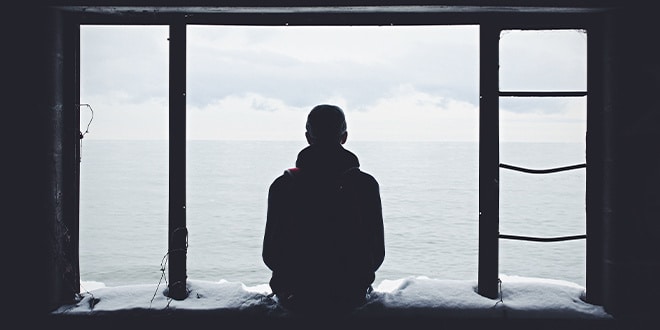The Correspondent magazine ran an interesting story about asexuality the other day. It’s interesting because it exists. It does more than simply state that asexuality exists, but goes on to talk a little about what it’s actually like to live with. This is good, because it displays progress – albeit very small and slow progress – to a wider understanding of this condition.
It means that you no longer have to be an academic or a therapist to understand what it is. If it’s a concept that’s new to you, I’m not really surprised. It’s new to many people, and as the walls of conventional sexuality are eroded away, more and more people are constantly exposed to it. That’s also good, on the whole.
A simple definition of an asexual might be “a person who does not experience sexual attraction.” That’s it, in a nutshell, but our experience of it differs from person to person and no two cases are exactly alike. As our understanding of it grows, we can further categorize asexuals, or those with asexual characteristics, like in aromantics, graysexuals, demisexuals, or a realm of other “new” terms.
It’s only since 2001 that comprehension of asexuality began to grow with the creation of the Asexual Visibility and Education Network (AVEN). It took many more years for asexuals to start being acknowledged in the press. And even now, more people are unfamiliar with the phenomenon than there are people who know about it, but this doesn’t make the concept new.
References to people who experienced no sexual attraction can be found as far back as 1896, in a German sexology pamphlet. We now believe that several influential figures were asexual, including Emily Bronte, Isaac Newton, Tesla, and Dali, amongst others. It’s not uncommon in fiction either, figures from Sherlock Holmes to BoJack Horseman display asexual characteristics.
Since depression has a habit of suppressing sexual desire, some authorities have posited that there’s a link between depression and asexuality. In fact, it wasn’t until 2013 that the American Psychiatric Association removed asexuality from its list of mental disorders. Sexual desire is, of course, relevant to some disorders, but asexuality is not a disease and it’s not pathological. It’s not a hormonal problem, or a chemical imbalance.
In fact, it can be quite the opposite. For many, it’s a positive affirmation. Asexuals are often very happy, and they don’t find the pursuit of sex mandatory for a happy, healthy relationship. Unfortunately, such an outlook can sometimes threaten the conventional order which dictates that much of our time should be spent seeking out satisfying sexual encounters and companionship. Asexuals prove this isn’t necessarily true, which can be frightening to people accustomed to that tradition.
The same is true of people who are happily single. It tends to upset those who depend on such standards. People that can thrive without sex, or at least without sexual attraction, are a challenge to the worldview that places marriage and family as a central pillar. Asexuals prove that it’s possible to live happily without marriage, or more specifically, without sex.
This is the reason asexuality is so poorly misunderstood. Many people don’t want to have to acknowledge that their fundamental understanding of the world isn’t necessarily accurate.

